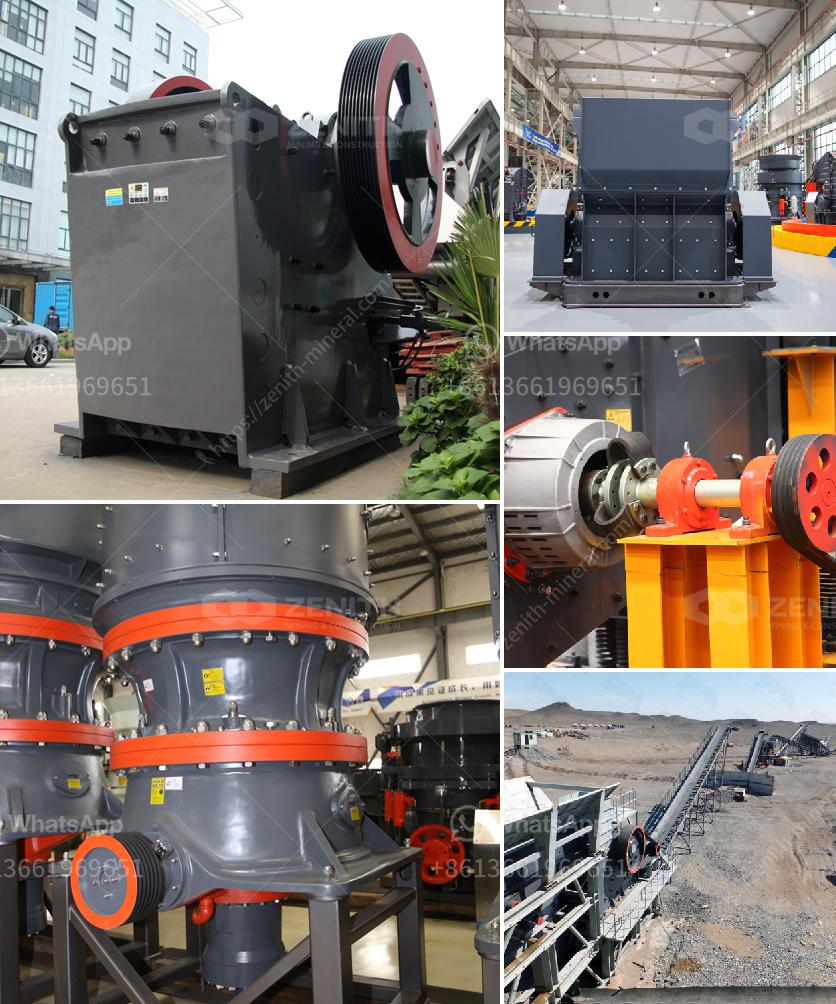A stone crusher works by applying mechanical force to break down large rocks into smaller, more manageable pieces. The process involves several stages, typically:
- Feeding: Large stones are fed into the crusher through a hopper.
- Primary Crushing: The crusher uses machines like jaw crushers or gyratory crushers that are designed to take large chunks of rock and reduce them to smaller pieces. This stage involves compressive forces where the jaw plates or gyratory cones exert pressure, causing the rock to fracture.
- Secondary Crushing: This stage further reduces the size of the rock using machines like cone crushers or impact crushers. Cone crushers crush the stones by squeezing them between a gyrating spindle and a concave hopper, while impact crushers use high-speed impact from hammers or blow bars to shatter the stones.
- Screening: The crushed stone is then separated into different sizes using a vibrating screen. Materials that don’t meet the desired size are returned to the crusher for further processing.
- Tertiary Crushing (if needed): Additional crushers like vertical shaft impact (VSI) crushers can be used to make finer adjustments to the stone particles.
- Final Product: The appropriately sized stones are then conveyed to storage, ready for use in construction, aggregate, or other applications.
Key components such as the motor, flywheel, toggle plates, and hydraulic system play essential roles in maintaining the crusher's operational efficiency and safety.


